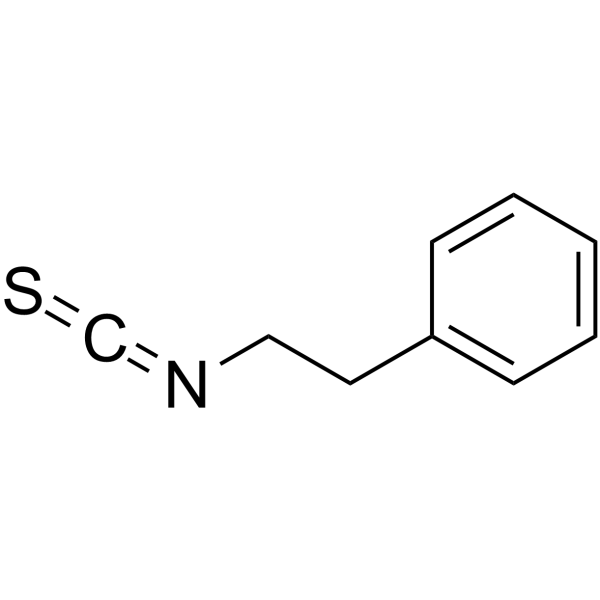| Structure | Name/CAS No. | Articles |
|---|---|---|
 |
7-Ethoxyresorufin
CAS:5725-91-7 |
|
 |
Phenylethyl isothiocyanate
CAS:2257-09-2 |